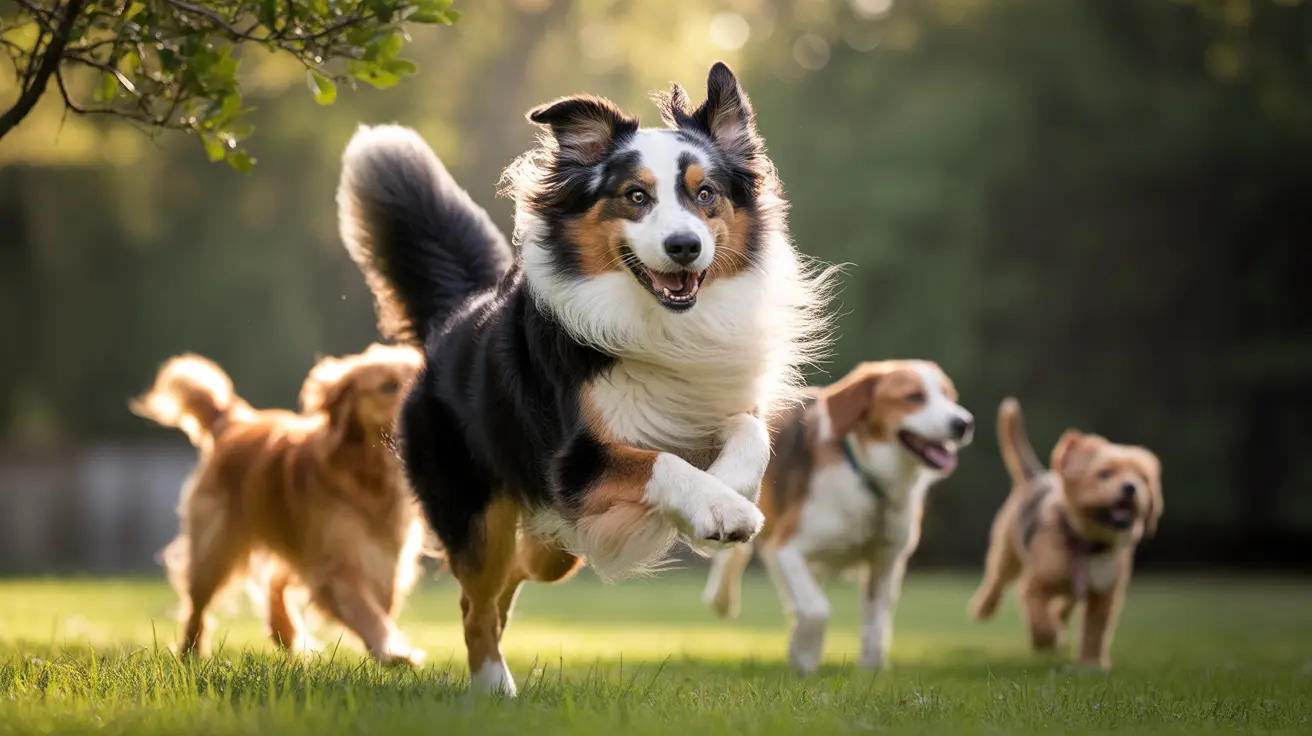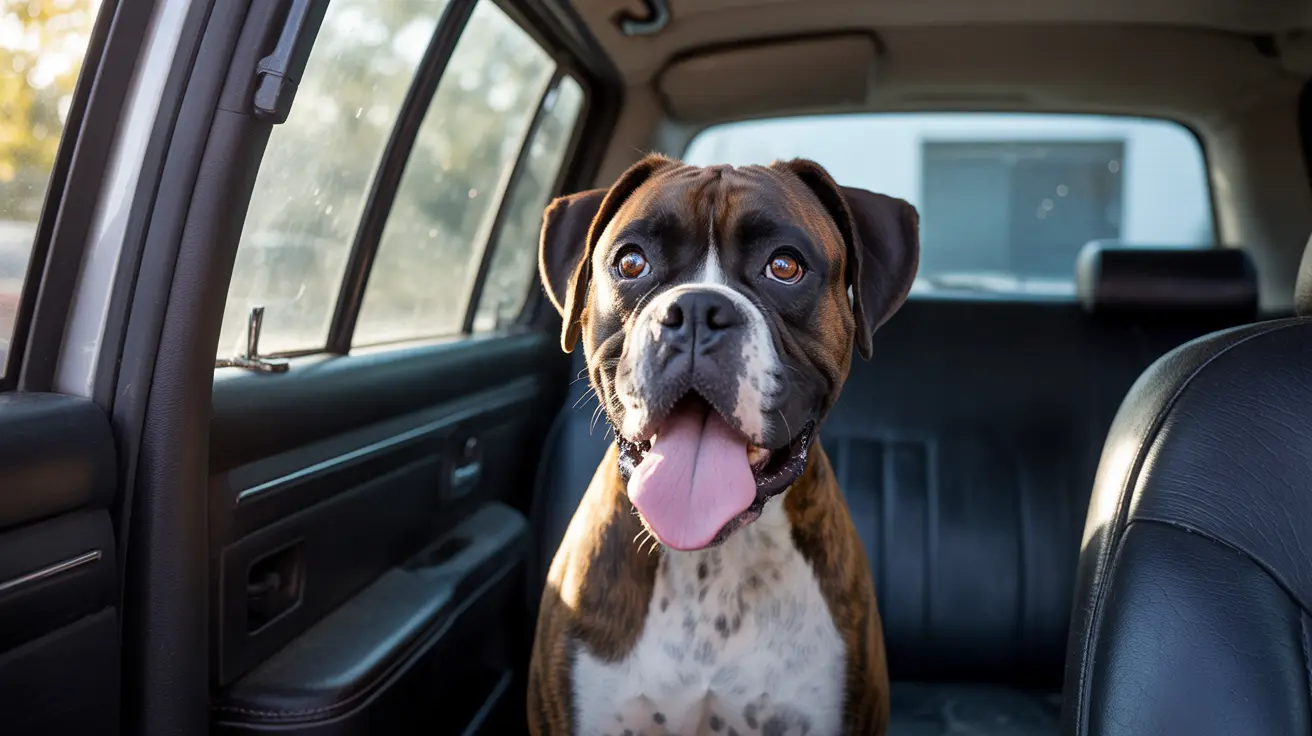When you notice your dog has one tooth sticking out, it can be concerning and confusing. This dental condition, known as tooth luxation or avulsion, requires prompt attention to prevent complications and ensure your pet's comfort. Understanding the causes, symptoms, and treatment options is crucial for every dog owner facing this situation.
In this comprehensive guide, we'll explore everything you need to know about managing a protruding tooth in dogs, from immediate care to long-term solutions and prevention strategies.
Understanding Tooth Displacement in Dogs
Tooth displacement typically occurs in two main forms: luxation (partial displacement) and avulsion (complete removal from the socket). When your dog has one tooth sticking out, it's most likely experiencing luxation, which can manifest in several ways:
- Lateral luxation: The tooth is pushed sideways
- Extrusive luxation: The tooth appears longer than normal
- Intrusive luxation: The tooth is pushed into the socket
- Partial luxation: The tooth is loose but still partially attached
Common Causes and Risk Factors
Several factors can lead to a dog having one tooth sticking out:
- Trauma from accidents or falls
- Fights with other animals
- Chewing on hard objects
- Underlying dental disease
- Sports or play-related injuries
Recognizing the Signs
Beyond the visible protrusion of the tooth, watch for these additional symptoms:
- Bleeding around the affected area
- Excessive drooling
- Difficulty eating or reluctance to eat
- Pawing at the mouth
- Visible pain or discomfort
- Swelling around the affected tooth
Emergency Care and Treatment Options
When you notice your dog has one tooth sticking out, immediate action is crucial. Professional veterinary care within 30 minutes of the injury provides the best chance for saving the tooth. Treatment options may include:
- Professional repositioning
- Splinting to stabilize the tooth
- Root canal therapy
- Extraction (if necessary)
- Antibiotics to prevent infection
- Pain management medication
Prevention and Long-term Care
Preventing dental trauma is always preferable to treating it. Consider these preventive measures:
- Avoid hard chew toys like antlers or bones
- Regular dental check-ups
- Professional cleaning when recommended
- Supervision during play with other dogs
- Safe containment to prevent accidents
Frequently Asked Questions
What causes a dog to have one tooth sticking out or displaced?
A dog's tooth can stick out due to trauma (such as accidents or falls), chewing on hard objects, fights with other animals, or underlying dental disease that weakens the supporting structures of the tooth.
How can I tell if my dog's protruding tooth is due to luxation or avulsion?
Luxation means the tooth is displaced but still partially attached, while avulsion means the tooth has been completely knocked out. If the tooth is still present but at an odd angle, it's likely luxation. If the tooth is missing entirely, it's avulsion.
What should I do if my dog has a tooth that is sticking out after an injury?
Seek immediate veterinary care, ideally within 30 minutes of the injury. Keep your dog calm, and if the tooth has fallen out completely, store it in milk or saline solution and bring it to the vet.
Can a displaced or avulsed tooth in dogs be saved, and what treatments are available?
Yes, many displaced teeth can be saved if treated promptly. Treatment options include repositioning, splinting, root canal therapy, and stabilization. Success rates are highest when treatment is received within 30 minutes of the injury.
How can I prevent dental trauma that causes a dog's tooth to stick out?
Prevent dental trauma by avoiding hard chew toys, supervising play with other dogs, maintaining regular dental check-ups, and ensuring your yard is free of hazards that could cause falls or accidents.
Conclusion
A dog with one tooth sticking out requires immediate professional attention. While it can be alarming, understanding the condition and acting quickly can lead to successful treatment and prevention of future complications. Regular dental care and awareness of potential hazards can help prevent such injuries from occurring in the first place.






